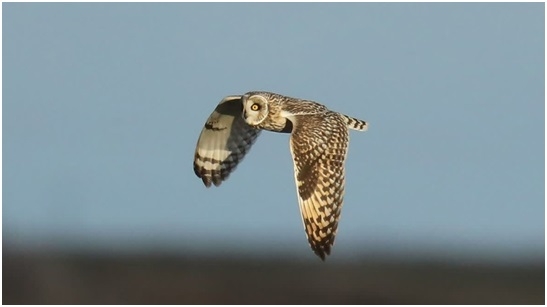Owl's Silent Flight Inspires Scientists To Develop A New Soundproofing Material For Cars, Factories

Published in ACS Applied Materials & Interfaces, the study—Owl-Inspired Coupled Structure Nanofiber-Based Aerogels for Broadband Noise Reduction—details a two-layer aerogel that mimics the structures inside owl feathers and skin to mitigate sound pollution. The new material claims to:
Absorb 58 per cent of sound waves that strike it, surpassing the threshold for effective noise control materials.
Reduce 87.5 decibels of automobile engine noise to a safe level of 78.6 decibels, which is a better reduction than existing high-end noise absorbers.
Maintain structural integrity through 100 compression cycles, with only 5 per cent deformation.
Existing soundproofing materials absorb either high-frequency sounds (like squealing brakes) or low-frequency sounds (like the deep rumbling from a car engine). This warrants layers of multiple types of soundproofing materials to achieve full-spectrum noise control, which adds weight and bulk.
To overcome this, researchers took inspiration from the owl, which uses its soft feathers and porous skin to remain whisper-quiet during flight, to develop a similarly versatile broadband sound absorber.
Using a technique called emulsion-templated freeze-reconstruction, they froze droplets of hexane into a layer of soft material, the removal of which revealed a honeycomb-like pattern in the material. They added a second layer with silicon nanofibres to create a fibrous pattern, which turned into a light, porous two-layer aerogel that can mimic the structures in owl skin and feathers.
The bottom porous layer resembles the bird’s skin with microscopic cavities that cancel out low-frequency noise, whereas the top feather-inspired layer, made of fluffy nanofibers, dampens high-frequency sounds.
The researchers believe this study paves the way for high-performance, lightweight, and durable sound-absorbing materials that can significantly reduce traffic and industrial noise pollution.